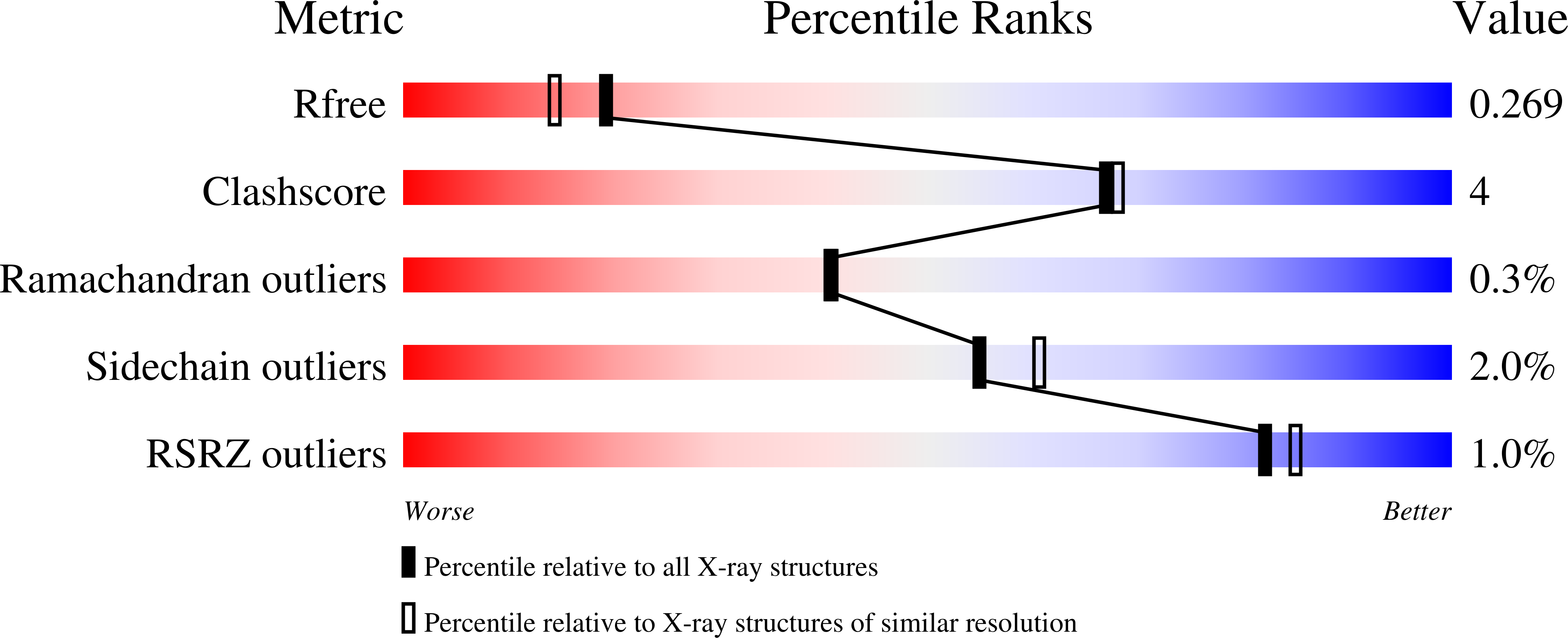
Deposition Date
2021-05-26
Release Date
2021-07-21
Last Version Date
2024-10-09
Entry Detail
PDB ID:
7OO4
Keywords:
Title:
HaloTag Engineering for Enhanced Fluorogenicity and Kinetics with a Styrylpyridine Dye
Biological Source:
Source Organism:
Rhodococcus sp. (Taxon ID: 1831)
Host Organism:
Method Details:
Experimental Method:
Resolution:
2.10 Å
R-Value Free:
0.26
R-Value Work:
0.20
R-Value Observed:
0.21
Space Group:
P 21 21 21


